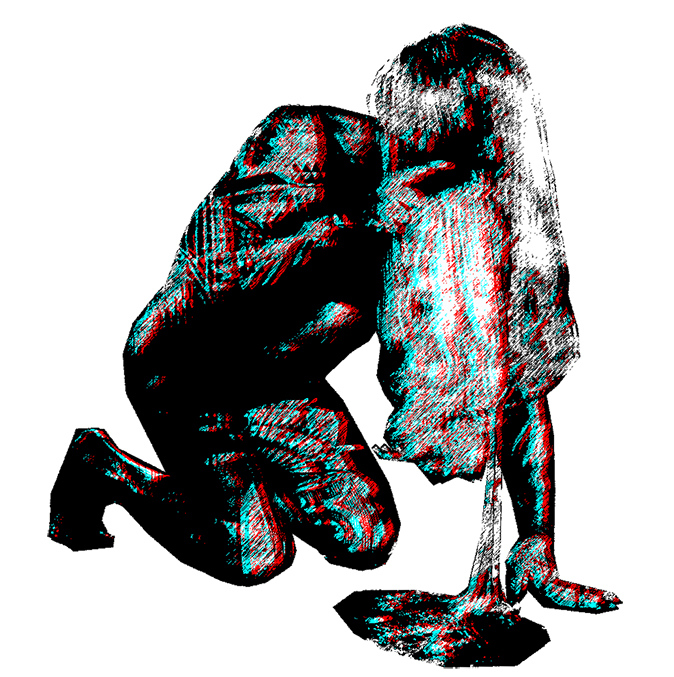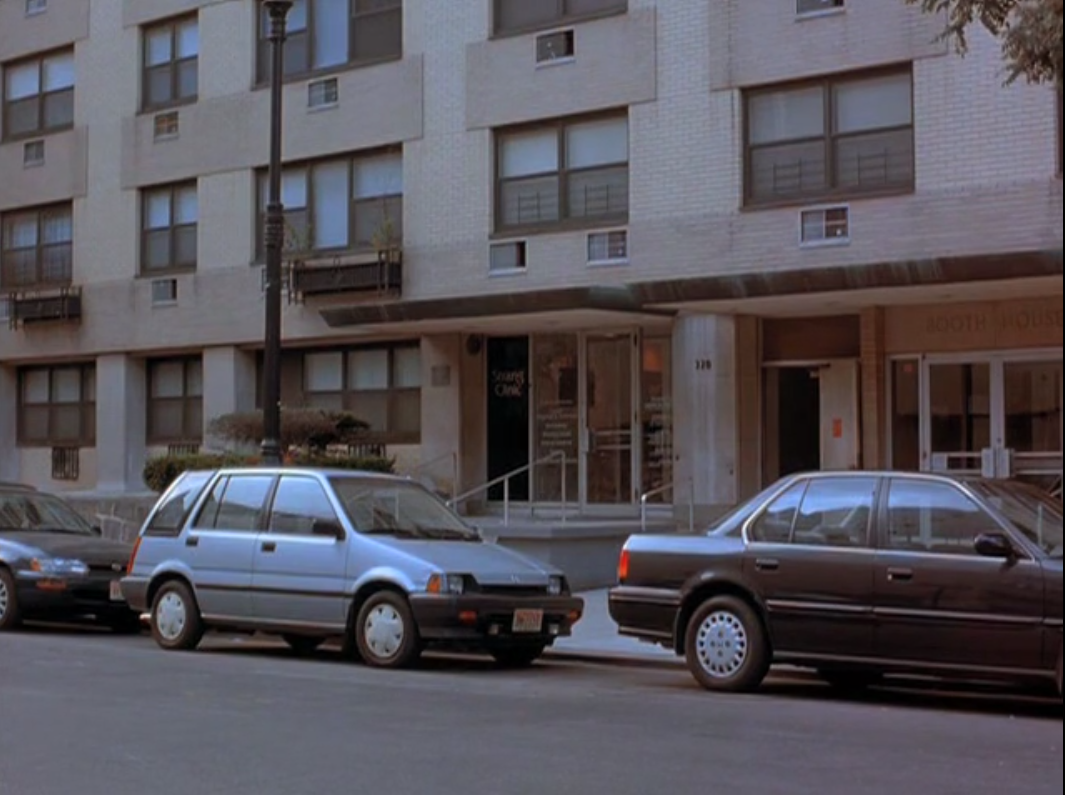Ron Athey Makes Art With His Own Flesh
An Interview With Ron Athey from F Newsmagazine on Vimeo.
Eight breasts, two severed heads: the tally of saints’ relics is long and a testament to miracles, the witness of magic, and the fallible human body. Saints endured immense pain — impaled by spiked wheels, breasts cut off with kitchen sheers. The work of performance artist Ron Athey encompasses the same beauty apparent in the tales of saints and sainthood — and the suffering they endured. Recently performing his works Sebastiane and Incorruptible Flesh: Messianic Remains in Chicago, Athey has continued to explore the mystical, romantic and the violent.
Athey’s upbringing as a Pentecostal Christian provided early experiences in mysticism. According to him, it was, “a religion that was rich with channeling, ecstatic states, and gigantic prophecies. I was supposedly from birth raised to be a minister. In childhood I was taught how to open up to receive the gift of glossolalia — speaking in tongues — and automatic writing. I was treated like a living saint.”
Sainthood and miracles continued to pervade his life as he was diagnosed with HIV in 1985, which, at the time, was a death sentence. It was in 1996 that he worked with artist Lawrence Steger, who had also tested positive for HIV. Coinciding with the discovery, production, and rapid distribution of the “triple cocktail” — the combination of drugs that has drastically reduced the progression of HIV into AIDS — their collaboration was marked by their own inevitable fates. “This miracle,” says Athey, “of the incorruptible body that’s dead but alive seemed like a strong metaphor to what we’re actually existing: being grandiose but rotten.”
Saint Bernadette was canonized by the Catholic Church for her miraculous visions, which instructed her to perform tasks that cleared muddy drinking waters and included characters that today are noted as the Virgin Mary and the immaculada concepción — the inmaculate conception — who appeared in the form of a young woman. Most remarkable about her sainthood is that, after she succumbed to tuberculosis in 1879, her body refused to decompose. In Christian mysticism, this is the incorruptible flesh. Though dead, the body smells of flowers.
Most bodies of incorruptible saints that were exhumed in the 20th century, however, were found to have been covertly embalmed. “The most incorruptible bodies are like Madame Tussaud’s wax dummies that are kept in interiors and shot up with formaldehyde; they’re just sparkling with artificial means to keep the miracle alive,” says Athey.

Athey, like those saints who were “dead but alive,” never expired. His form of HIV was non-progressive, adding to the complexity of how he worked with his body. Using processes that are often referred to as self-mutilation (more so than an act of artistic production) — driving metal arrows through his arms and chest, impaling himself with a baseball bat while splayed on a metal rack — Athey draws from his fascination with sainthood and his experiences of the holy; as he calls it, the “mystic atheism.”
At Mana Contemporary, he performed Sebastiane. His nude body, laid out on the metal rack also used in the Incorruptible Flesh series, was bathed in lights while his face was stretched with metal hooks inserted into his cheeks and around his eyes. Like a pose for prayer, Athey calls this “the splayed corpse.” He sported this mask while the audience was given rubber gloves to “anoint” him with thick white grease. With the audience gathered around in a circle, he spent twenty minutes stretched and impaled while young, fresh-faced audience members rubbed his every inch — their eyes wide in awe.
When the performance had finished, the hooks were removed from his face, and the grease wiped from his feet and chest. The second component to the evening, performed by collaborators Jon John and Sage Charles, included Athey’s reading of Jean Genet’s Our Lady of the Flowers. He stood upright and blood trickled from the wounds where the hooks had perforated his flesh. Under the stage lamps, he seemed to resemble the statues of the Virgin Mary that weep tears of blood every so often.
As witnesses to these events, audiences literally and figuratively become a part of the performance. The act of viewing becomes sacred to Athey’s ritualistic performances, anointing his living corpse with grease and with the viewing of his pain. Like those onlookers who watched Saint Sebastian impaled to death by arrows and came to praise him as the Plague Saint, audiences watch Athey in horror and awe, as if his acts of self-mutilation were to save them all. Athey, the living saint, will bring them a miracle. According to Athey, we need more moments of validated miracles. “[They are] evidence against the cheapness of mortality; you come and you go. I feel like that’s why we need magic and something beyond the logic of just being alive — being animated pieces of meat, then dying and rotting.”
Athey has defied certain death, and within that there is a twisted martyrdom and a stoic mysticism that comes from self-mutilation. In this act of false sainthood, audiences are surprisingly not shocked, but comforted. As Genet wrote of the Death of Divine in Our Lady of the Flowers, “Madame, it is a blessing to die young.”
Ron Athey was the first visiting artist in the Visiting Artist Program’s spring 2014 lineup. His lecture will be available as an online podcast here.








[…] curated a show of graduate work in the space as well. Some events, such as the Fluxfest 2014 and Ron Athey’s recent performance, are donated to the space, while fundraisers and universities rent the space. Hospitable, open, […]